Connectivity in Patient Monitoring
Patient monitoring refers to observing, tracking, and analyzing a patient's health and relying that information to and between healthcare providers. In real-time, monitoring devices can detect deviations from baseline health parameters and notify healthcare providers when intervention may be necessary. On an ongoing basis, data from these devices helps medical professionals analyze patterns and detect early signs of deterioration or other developments. Medical monitoring is primarily used in clinical settings, including intensive care units, operating rooms, and post-anesthesia care units. However, recent innovations enable remote patient monitoring, allowing patients to remain at home or in other non-clinical settings while staying connected to healthcare providers. Remote patient monitoring devices, remote patient monitoring systems, and health monitoring devices have the potential to support doctors and hospitals while optimizing the health care system.
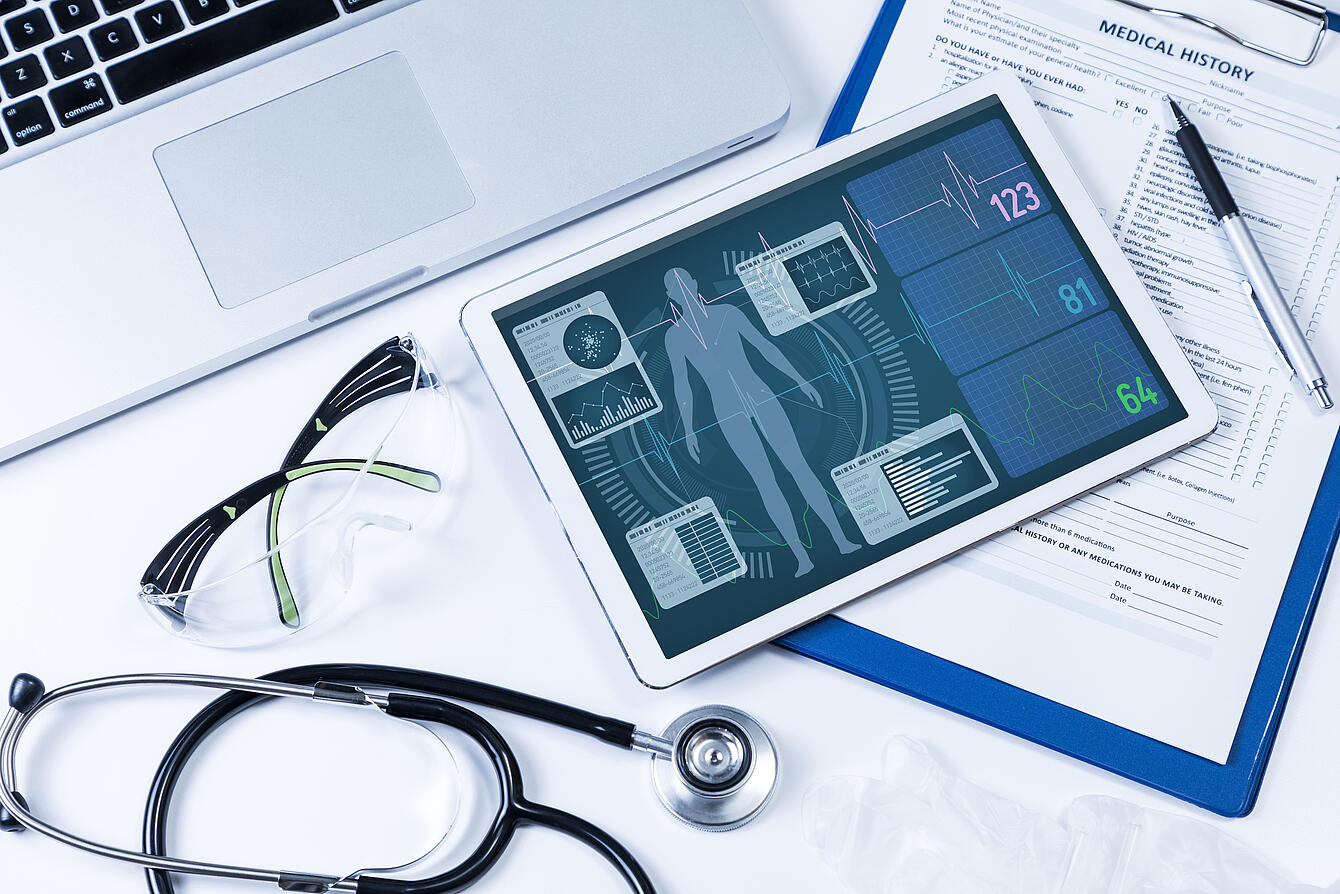
The growing need for patient monitoring devices
By 2050, worldwide, the number of people who will be age 60 or older is expected to double to 2 billion. During the same period, the number of persons aged 80 and older is predicted to triple to about 430 million. This demographic shift is already creating higher demand for a wide range of health monitoring, medical equipment and patient monitoring services.
The growing number of chronically-ill patients in Western society will further increase the need for medical technology in the coming decades. Remote patient monitoring will be a significant factor in supporting doctors and hospitals in taking care of an increased number of patients. An alarming 70% of deaths worldwide are caused by noncommunicable diseases such as heart failure, diabetes, and cancer. Because these are chronic conditions, patients and healthcare providers regularly monitor changes in indicators such as glucose levels and blood pressure.
Patient monitoring equipment relies on several key components. Sensors, for example, play a crucial role in measuring physiological parameters such as body temperature, blood pressure, and oxygen saturation. Connectivity is required to transmit data and analysis to a monitoring station or other medical devices. This allows healthcare professionals to review the collected data on-site or remotely.
Patient monitoring systems also require enough server capacity to store electronic medical records so this data can be shared between physicians, facilities, and patients. Monitoring devices include alarm systems, which are triggered when predefined values are detected. For example, a pacemaker may alert a caregiver when a patient’s heartrate reaches a certain level. These features enable healthcare providers to intervene quickly. Advanced patient monitoring systems and remote patient monitoring systems incorporate trend analysis and other decision-support tools to help clinicians make treatment decisions.
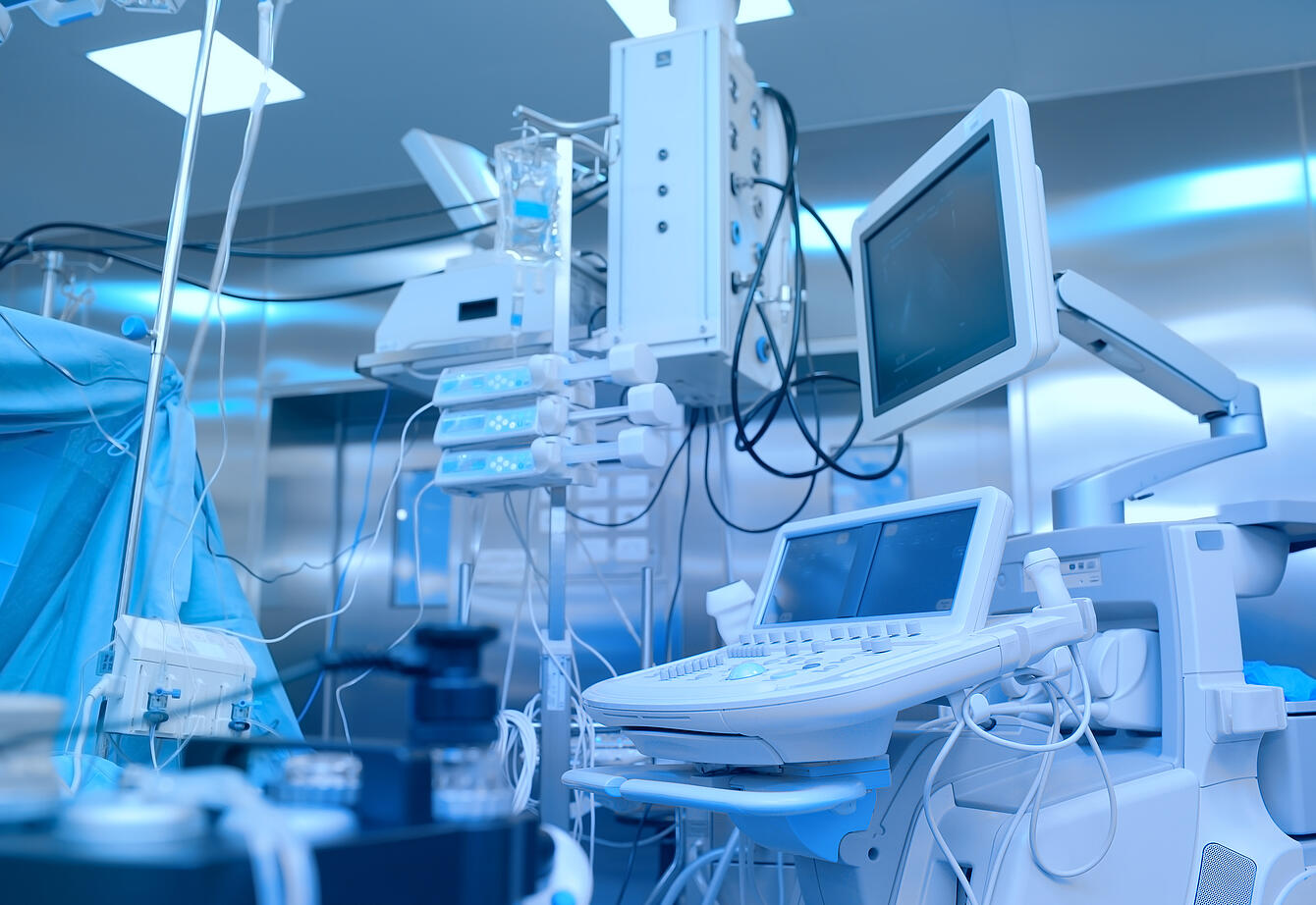
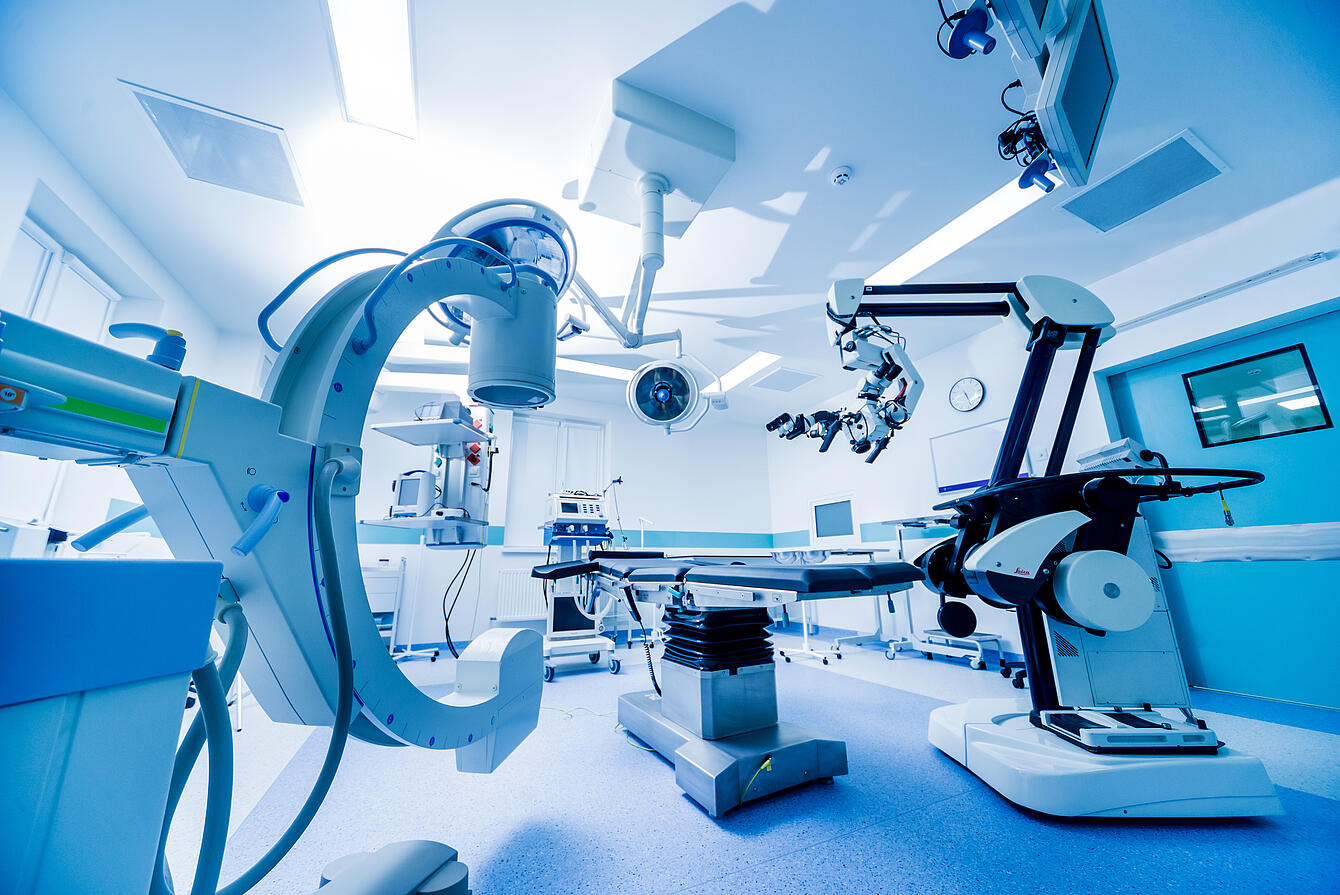
Patient monitoring devices must meet extensive regulatory requirements to be approved for medical use. These include:
- Accuracy: Equipment must be precise enough to detect even minute changes in a patient’s condition.
- Reliability: A failure of function or connectivity can adversely impact patient care, making durability a crucial requirement for every component of a device.
- Connectivity: Connecting to electronic health records (EHRs) and other medical devices can help streamline patient monitoring and improve patient outcomes.
- Ease of use: Healthcare equipment should be easy to use, with intuitive controls and minimal setup required so a person without medical training can operate a device if needed.
- Portability: Portable monitoring equipment is useful for monitoring patients in different settings, including hospitals, clinics, and homes, as well as in emergency vehicles.
- Alarms and alerts: Patient monitoring equipment can be programmed to alert healthcare providers to relevant changes in a patient's condition.
- Data analysis: Patient data should provide healthcare providers with insights that support treatment decisions
- Security: Wireless networks used in patient monitoring applications require the highest levels of security to protect patient data and privacy.
Critical requirements for medical-grade connectors in patient monitoring
Connectivity is crucial in transferring data in real-time or at periodic sequences between medical devices and providers. Medical-grade connectors must be designed for compatibility with specific devices and equipment, ensuring proper electrical and mechanical connections. Standardization of connector types helps promote interoperability across different manufacturers and devices. Medical-grade connectors should adhere to stringent safety standards and regulations, such as IEC 60601-1, ensuring electrical safety, insulation, and grounding. Shock vibration (DIN EN 60601-1-11) and rough handling (DIN EN 60601-1) are especially important for use in portable equipment. Medical-grade connectors should also incorporate features like locking mechanisms or color-coded coding to prevent accidental disconnections or mismating.
Medical-grade connectors must meet industry standards and regulations, such as ISO 13485, which applies to quality management systems and specific standards related to electrical safety and medical devices. Compliance with these standards ensures that connectors are manufactured and tested according to recognized best practices. Another important international standardization is ISO 10993, which certifies biocompatibility in medical-grade connectors. Being biocompatible plays a crucial role in ensuring that the material cannot cause harm to living cells.

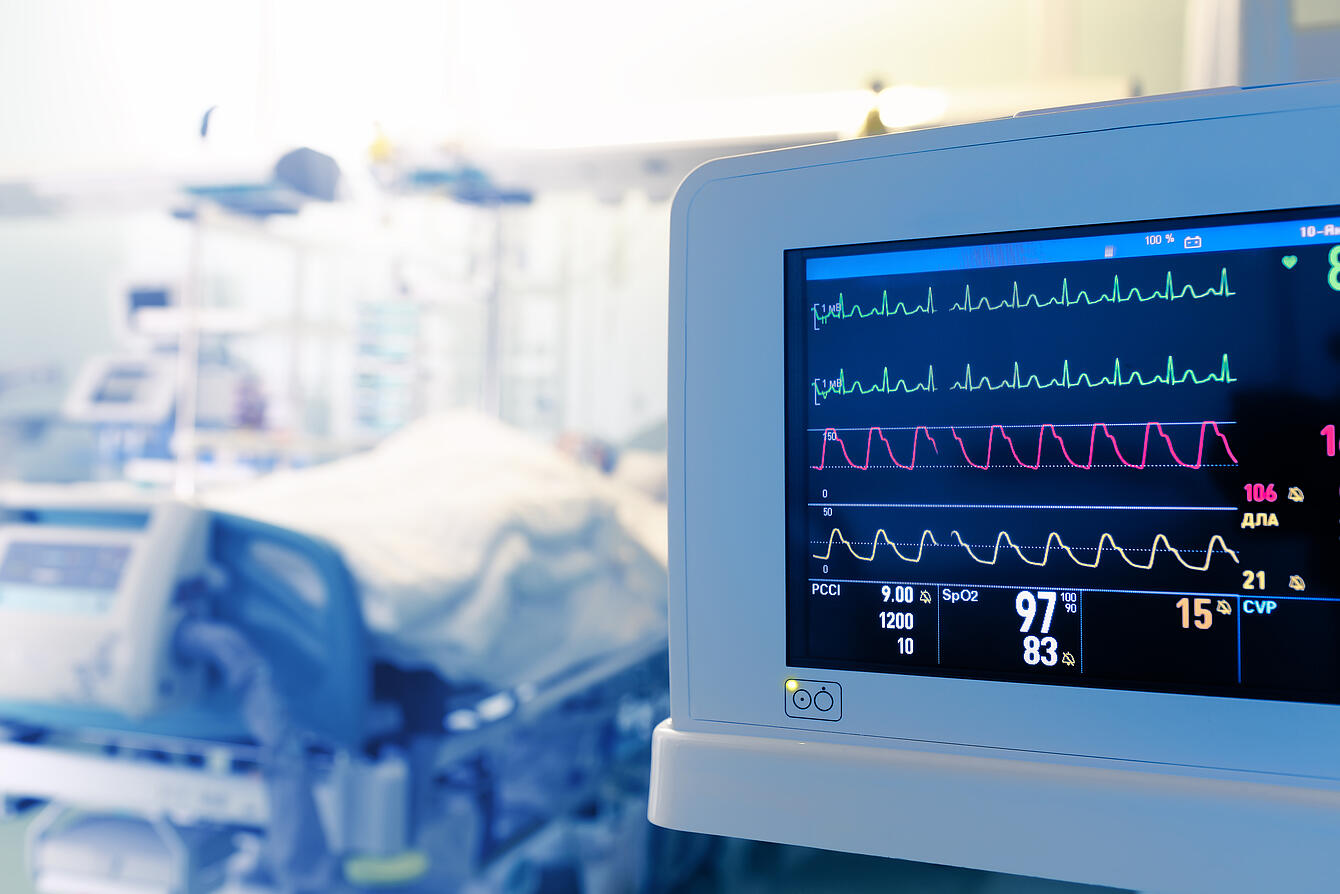
Medical-grade connectors in patient monitoring devices need to be reliable and robust, capable of withstanding frequent use, repeated connections, and disconnections without compromising signal integrity. They should also be resistant to environmental factors like dust, moisture, and physical stress to ensure consistent and accurate data transmission.
Regarding durability, medical-grade connectors should be able to withstand the demands of healthcare settings. They should be resistant to wear and tear, chemical exposure, and frequent cleaning and high-temperature disinfection procedures, ensuring a long lifespan and reducing the need for frequent replacements. At the same time, medical-grade connectors must be easy to use. They should be designed for intuitive connection, disconnection, and handling. Features like ergonomic grip, tactile feedback, and clear markings or indicators help healthcare professionals to quickly and correctly connect the devices, reducing the risk of errors or delays.
These considerations are essential to ensuring seamless and reliable data transmission, patient safety, and interoperability with existing medical equipment.
Patient monitoring medical-grade connectors from binder
As a leading manufacturer of circular connectors, binder has been at the forefront of innovations in the connector industry with a commitment to quality and reliability. Our versatile product portfolio also entails medical-grade connectors applicable to patient monitoring devices.
A crucial aspect of medical-grade connectors in patient monitoring is the ease of use designed for an intuitive connection and disconnection locking mechanism that provides tactile feedback once latched in place. The handling should be simple and convenient for frequent connecting and disconnecting. Technical specs depend on the particular requirements of a given device, but each binder product comes in various standardized versions providing the best fit for customers.
Our easy locking systems make it an excellent fit for patient monitoring devices. The Snap-in locking mechanism fulfills the needs of patient monitoring devices. Our miniature series 720 has been implemented in MRI diagnostics applications and other medical monitoring tools such as infiltration pumps and muscle massage devices. Disposability is another significant aspect that all of binder’s snap-in series fulfill.
Additional features and options of Snap-in IP67 Series 720 include:
- Pin count: 3, 5, 8, 12
- Gender: male, female
- Version: straight, angled
- Medical design: DEHP-free, grey-white (similar to RAL 9002; other colors can be ordered)
- Termination style: solder, molded on cable
- Field attachable, panel mount, and overmolded cordset available
- Housing material: plastic
- Contact plating material: Au (gold)
- Degree of protection: IP67
- Cable length: 2m, other lengths upon request available
- Cable types include PUR
- Biocompatibility (ISO 10993)
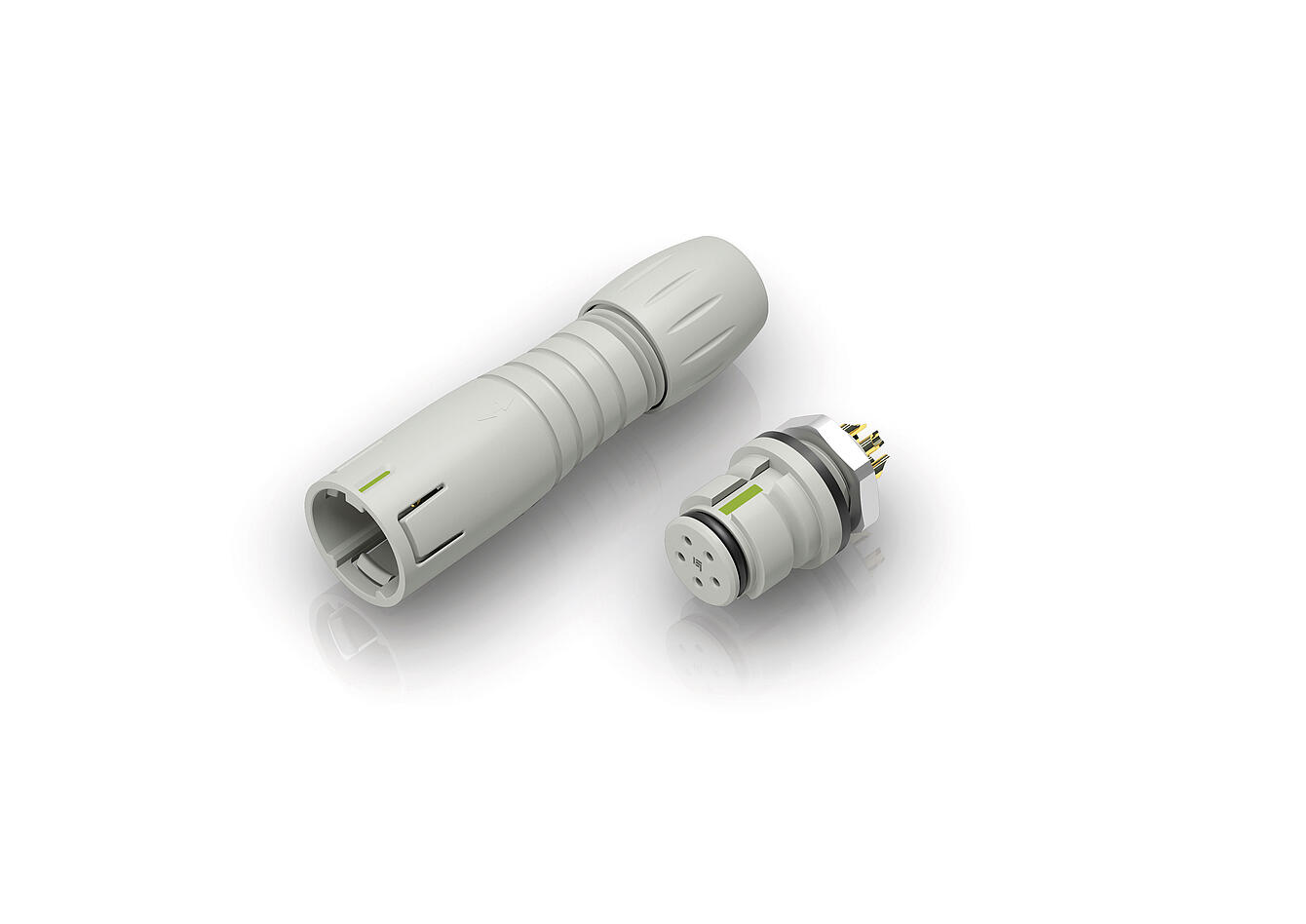
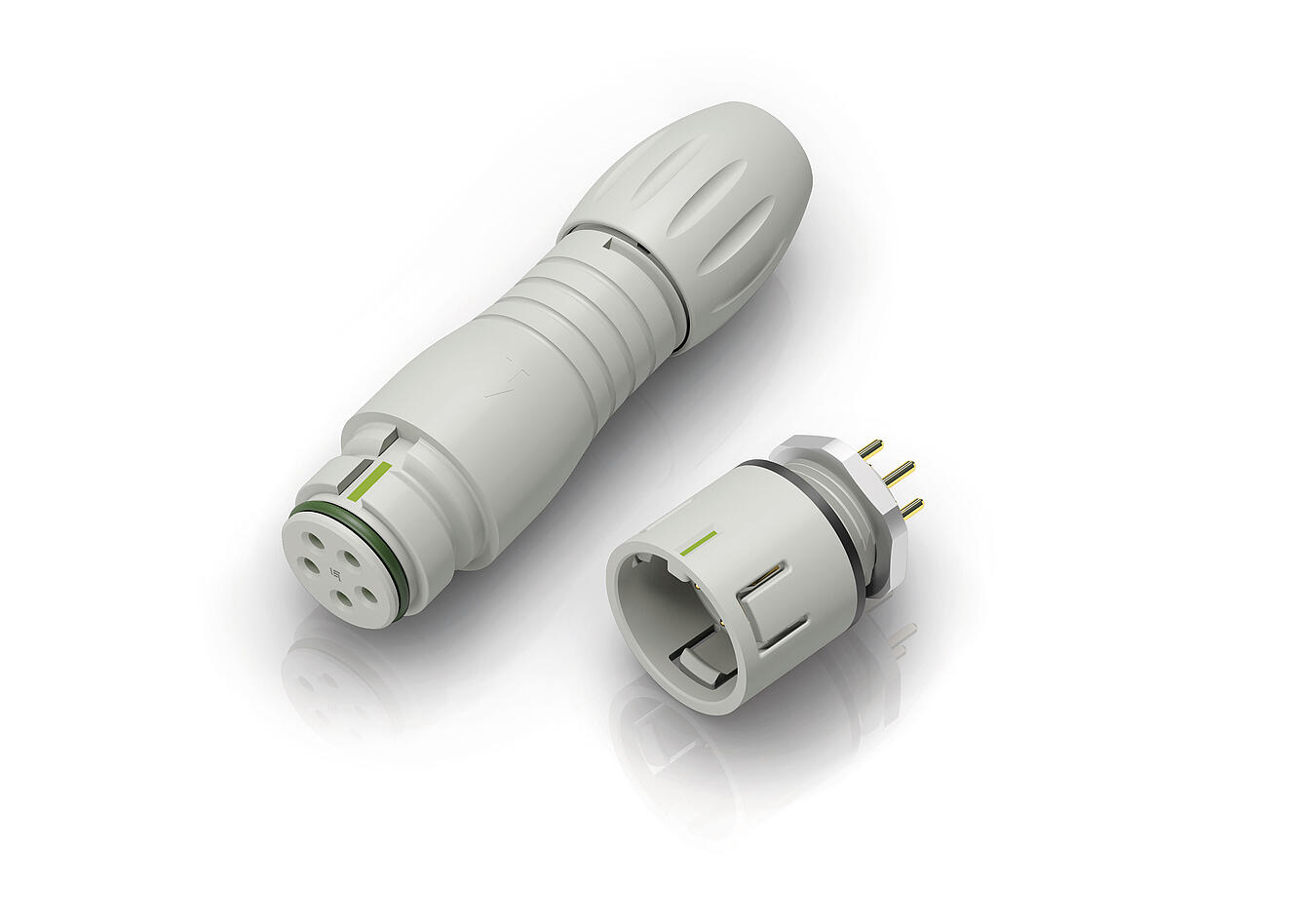
The smaller subminiature Snap-in IP67 Series 620 has the same snap-in locking mechanism but can be used in applications with less space. Due to its technical characteristics, series 620 is versatile and has already been implemented in various medical applications, such as sleep apnea treatment devices, LED red light devices and ventilators.
Additional features of Snap-in IP67 Series 620 include:
- Pin count: 3, 4, 5, 8
- Gender: male, female
- Version: straight
- Medical design: DEHP-free, grey-white (similar to RAL 9002; other colors can be ordered)
- Termination style: solder, molded on cable
- Field attachable, panel mount, and overmolded cordset available
- Housing material: plastic
- Contact plating material: Au (gold)
- Degree of protection: IP67
- Cable length: 2m, other lengths upon request available
- Cable types include PUR
- Biocompatibility (ISO 10993)
The subminiature Snap-in IP40 Series 719 provides another snap-in solution for patient monitoring applications with lower requirements for the level of protection. In the medical field, connectors have already been implemented in pulse oximetry solutions, breathing solutions, non-remote patient monitoring equipment, and diagnostic tools for cardiac abnormalities, proving to be an excellent fit for certain medical applications.
Additional features and options of Snap-in IP40 Series 709/ 719 include:
- Pin count: 3, 4, 5
- Gender: male, female
- Version: straight, angled
- Termination style: solder, molded on cable
- Field attachable, panel mount, and overmolded cordset available
- Housing material: plastic
- Contact plating material: Au (gold)
- Degree of protection: IP40
- Cable length: 2m, 5m, other lengths upon request available
- Cable types include PUR, PVC
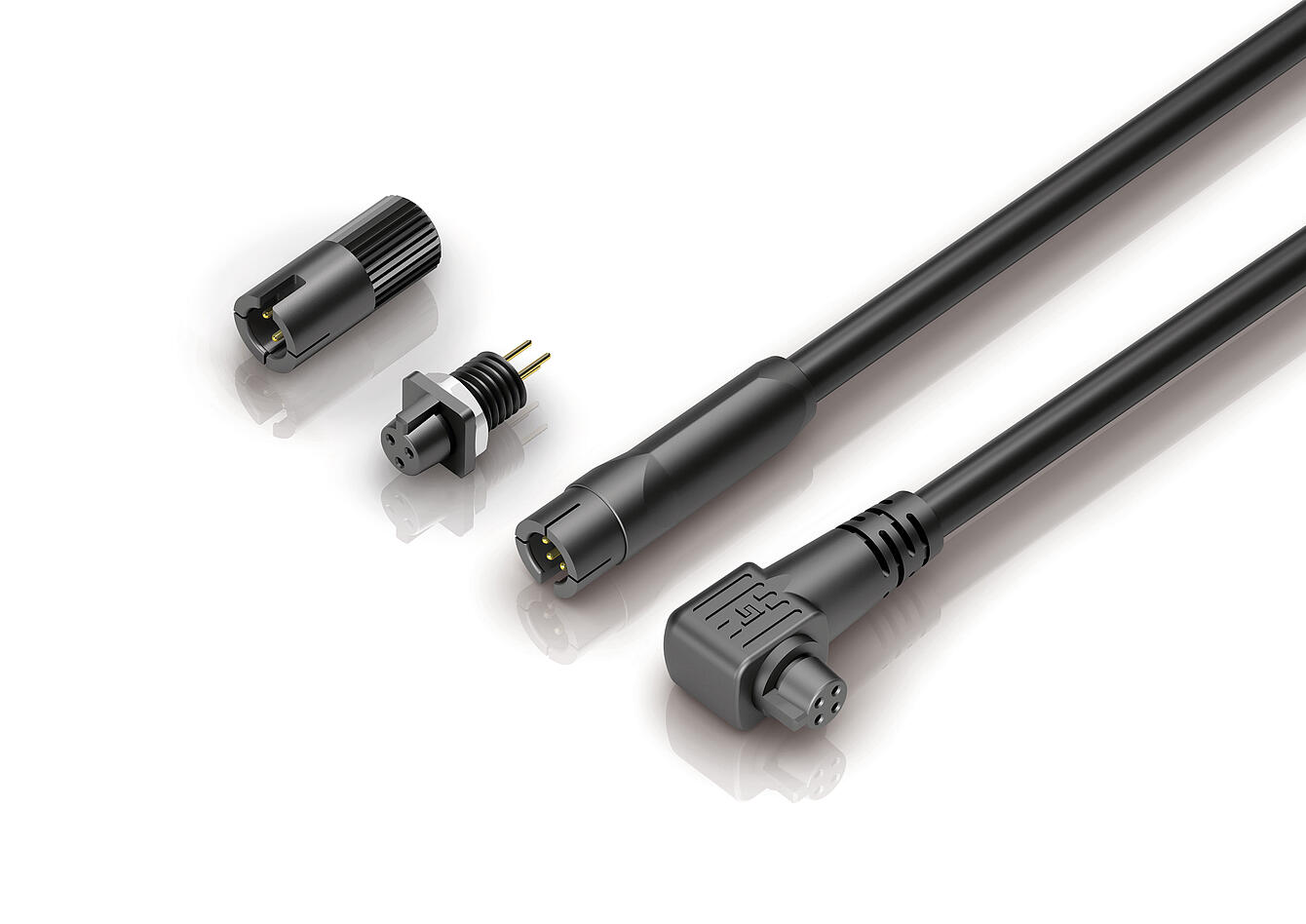
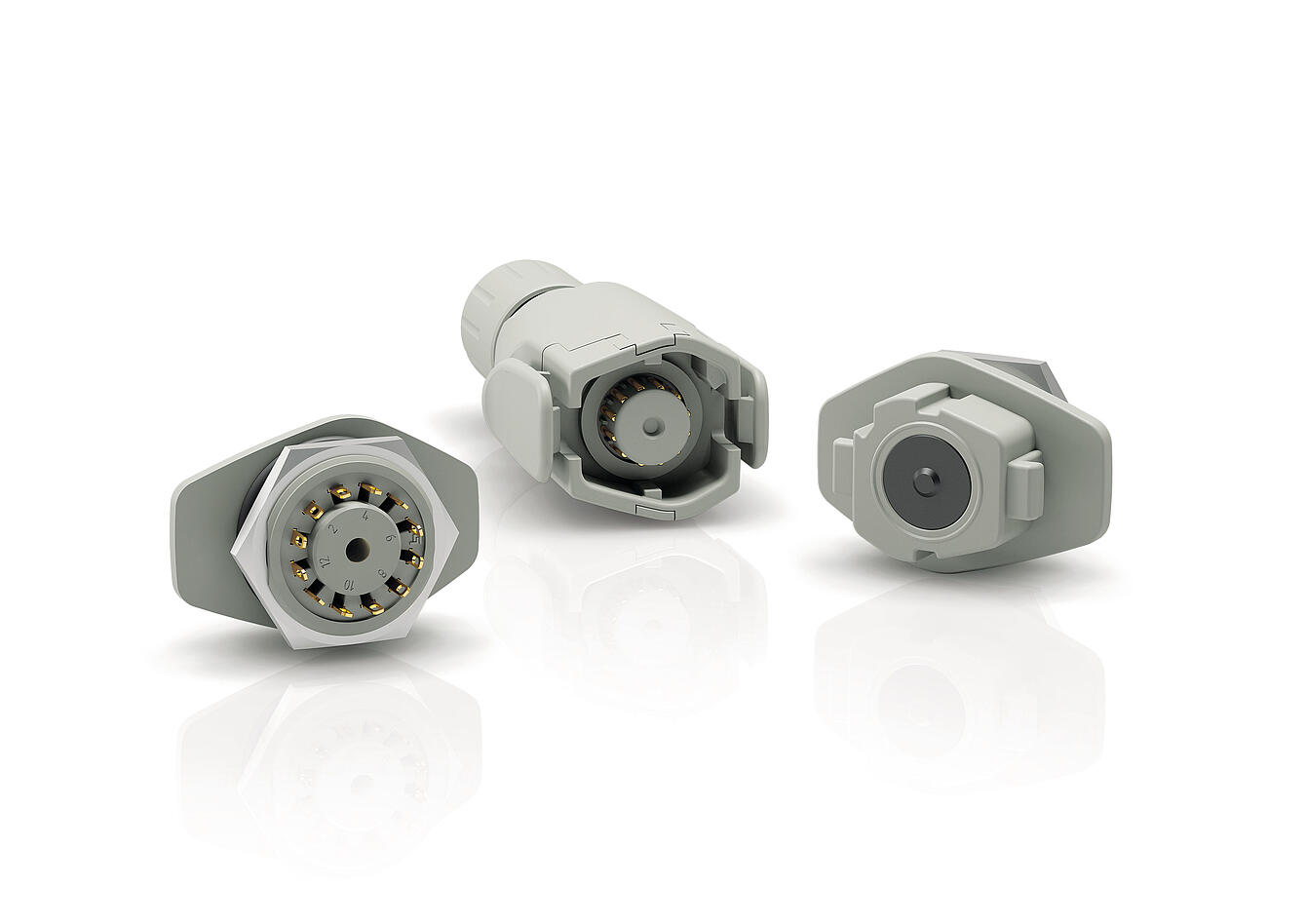
Another binder-specific medical-grade connector is the ELC (Easy Locking Connector). The ELC Series 570 features a unique snap-in locking system that ensures more than 5000 mating operations, meeting the requirements of many medical device OEMs. When unplugged, the flange socket is protected against the ingress of liquids, splashing water, and accidental electrical contact. When plugged in, the ELC connector has protection class IP54.
Additional features of ELC Series 570 include:
- Pin count: 12
- Gender: male, female
- Version: straight
- Medical design: DEHP-free, grey-white (similar to RAL 9002; other colors can be ordered)
- Termination style: solder
- Field attachable
- Housing material: plastic (PA66)
- Contact plating material: Au (gold)
- Degree of protection: IP54
- Rated current: 2A at 150V
- Biocompatibility (ISO 10993)
The Bayonet NCC (Not Connected Close) Series 770 is another binder-specific medical-grade connector that rounds out our portfolio. The NCC entails a bayonet locking mechanism with IP67-level protection when mated. (A flanged version offers IP67 protection even when unmated.) binder 770 series connectors have eight gold-plated contacts with a rated current of 2 A each. Users can expect more than 5000 mating cycles.
Additional features of NCC Series 770 include:
- Pin count: 8
- Gender: male, female
- Version: straight, angled
- Medical design: DEHP-free, grey-white (similar to RAL 9002; other colors can be ordered)
- Termination style: solder, molded on cable
- Field attachable and panel mount available
- Housing material: plastic (PA66)
- Contact plating material: Au (gold)
- Degree of protection: IP67
- Rated current: 2A at 150V
- Cable length: 2m
- Cable types include PUR, PVC
- Biocompatibility (ISO 10993)
In case you have special requests deviating from standard catalog items, binder can develop customer-specific solutions according to your needs.
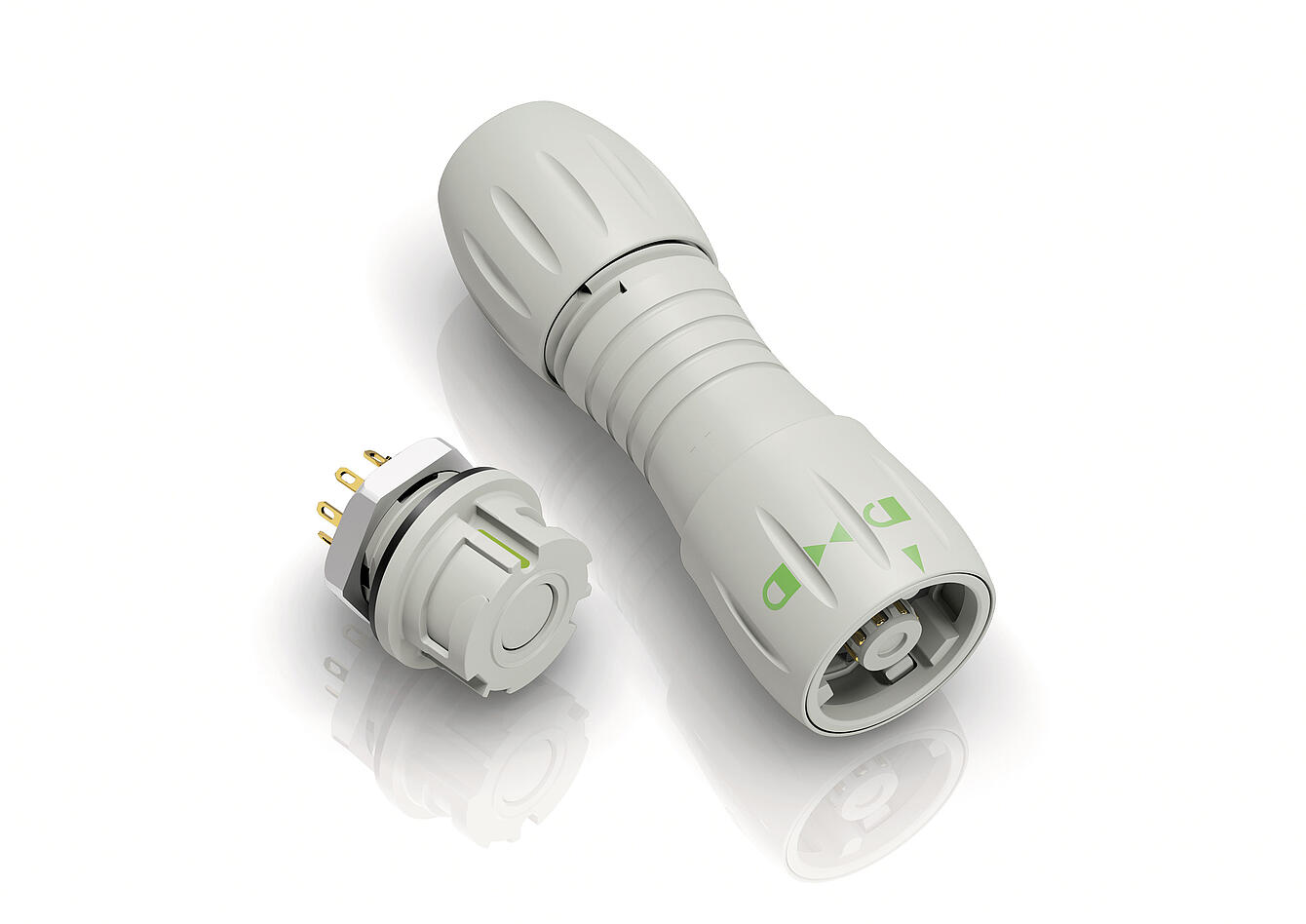
Connectivity and Patient Monitoring
For the connectivity aspect of patient monitoring, advances in materials, miniaturization of components, and increased signal transmission capabilities. Consequently, connectors will need to be more compact, more durable, and handle higher data rates allowing medical devices to perform more efficiently. Another trend will be increased integration and changes in the design, allowing connectors to have multiple functions within a connector, such as hybrid solutions carrying different power and data transmissions. Lastly, customer-specific solutions will play an even more significant role in meeting the specific needs of different medical devices and patient populations. At binder, we look optimistically to the future.




